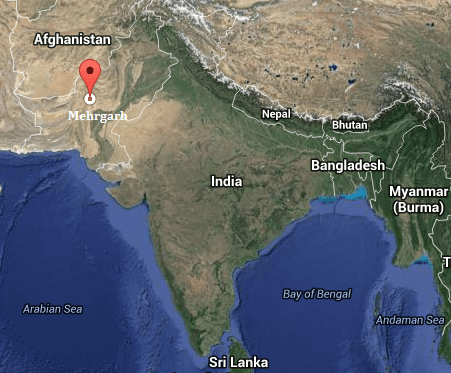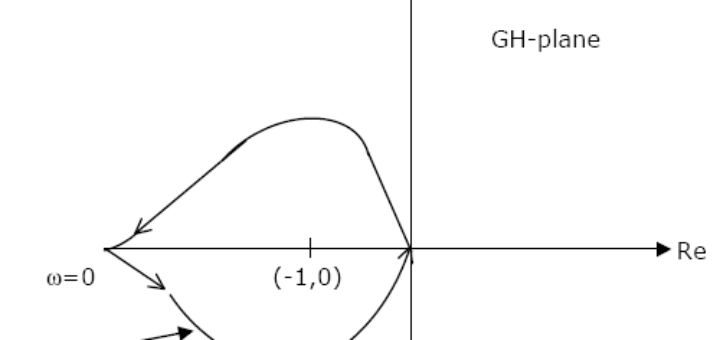Ancient India: Customs and Practices – NCERT texts are a must-read for every UPSC aspirant and are available for free download from ncert.nic.in website. Almost every UPSC topper has repeated the importance of reading NCERT school texts. These are texts which help to build the fundamentals. In this article, we will be dealing with the important points filtered out from NCERT school text for Standard 6 History. We plan to cover the main points from NCERT texts for different classes and subjects in our future posts.
The reference material for this post is NCERT History text for Class 6 (Our past -1). Only main points from each chapter is compiled below. Our advice is to first go through the respective NCERT text and use this compilation then for quick revision.
What, Where, How and When?
- Narmada: earliest people who lived here were skilled gatherers; they knew about the vast wealth of plants in the surrounding forests, and collected roots, fruits for food; also hunted animals.
- Sulaiman and Kirthar hills: current Sindh; where women and men first began to grow crops such as wheat and barley about 8000 years ago; rearing animals.
- Garo Hills & Vindhya: where agriculture developed; rice was first grown to the north of the Vindhyas.
- Indus: 4700 years ago, some of the earliest cities flourished on the banks
- Son, a Ganga tributary: Magadha rulers were very powerful, and set up a large kingdom.
On the trail of the earliest people
- Factory Sites: places where stone was found and where people made tools are known as factory sites.
- Habitation-cum-factory: sometimes, people lived here for longer spells of time.
- Kurnool Site: current A.P; traces of ash have been found here. This suggests that people were familiar with the use of fire.
- Paleolithic: importance is finding of stone tools; period extends from 2 million years ago to about 12,000 years ago;long stretch of time is divided into the Lower, Middle and Upper Palaeolithic. This long span of time covers 99% of human history.
- Mesolithic: environmental changes; 12,000 years ago till about 10,000 years ago; stone tools are generally tiny, and are called microliths. Microliths were probably stuck on to handles of bone or wood to make tools such as saws and sickles. At the same time, older varieties of tools continued to be in use.
- Ostrich in India: palaeolithic period; large quantities shells were found at Patne in Maharashtra; designs engraved on some pieces.
From gathering to growing food
- The climate of the world was changing, and so were plants and animals that people used as food.
- They look after plants and also grow – farmers.
- The first animal to be tamed was the wild ancestor of the dog; later relatively gentle animals to come near the camps where they lived such as sheep, goat, cattle; protect these animals from wild attacks – herders
- Domestication was a gradual process, began about 12,000 years ago.
SETTLED LIFE:
- In Burzahom (in present-day Kashmir) people built pit-houses, which were dug into the ground, with steps leading into them.
- These may have provided shelter in cold weather.
- Stone tools from sites were different from the earlier Palaeolithic tools and that is why they are called Neolithic.
- Many kinds of earthen pots have also been found.
- However, still places got huneters and gatherers.
- In some cases people tried to combine these activities.
CUSTOMS AND PRACTICES
- Many farmers and herders live in groups called tribes.
- Women do most of the agricultural work, including preparing the ground etc.
- Children often look after plants, driving away animals.
- Some men are regarded as leaders. They may be old and experienced, or young, brave warriors, or priests.
- Tribes have rich and unique cultural traditions; have their own gods and goddesses.
MEHRGARH SITE
- Located near Bolan Pass [current Balochistan]; most important routes into Iran.
- One of the earliest villages that we know about.
- Women and men learnt to grow barley and wheat, and rear sheep and goats.
- Earlier excavation found were of wild animals deer and pig suggesting they were hunters. But later level excavation found bones of sheep and goat which make them herders. So first Mehrgarh were hunters later they became herders.
- Remains of square or rectangular houses.
- Belief that there is some form of life after death was visible in their burial grounds found.
DAOJALI HADING
- This site is on hills near the Brahmaputra Valley.
- Stone tools, including mortars and pestles, have been found indicating they were agriculturalists.
- Jadeite, a stone that may have been brought from China
- Tools made of fossil wood too in usage.




